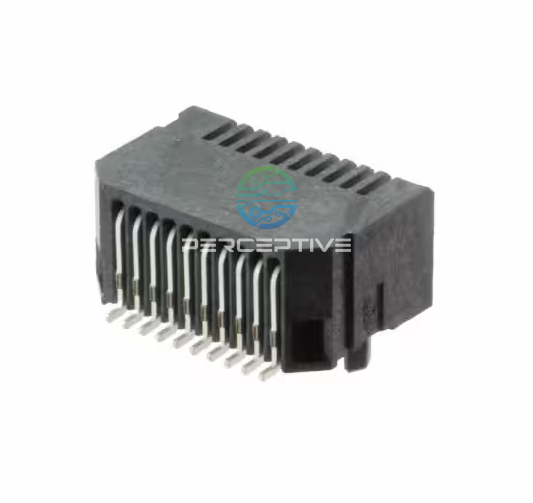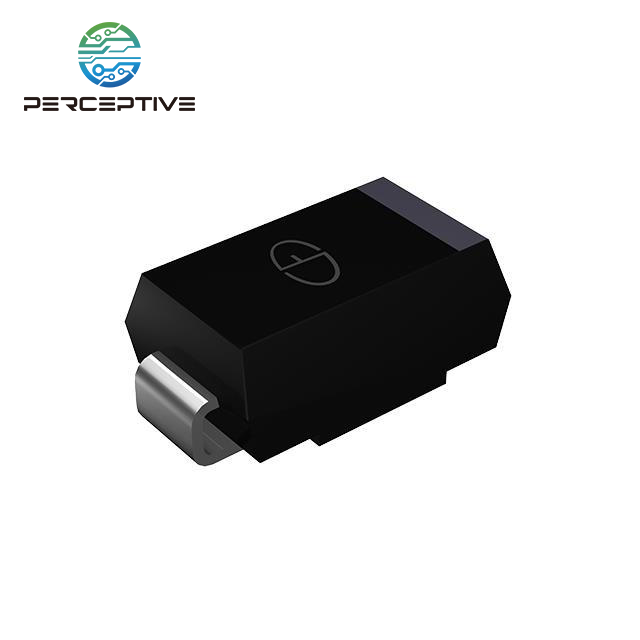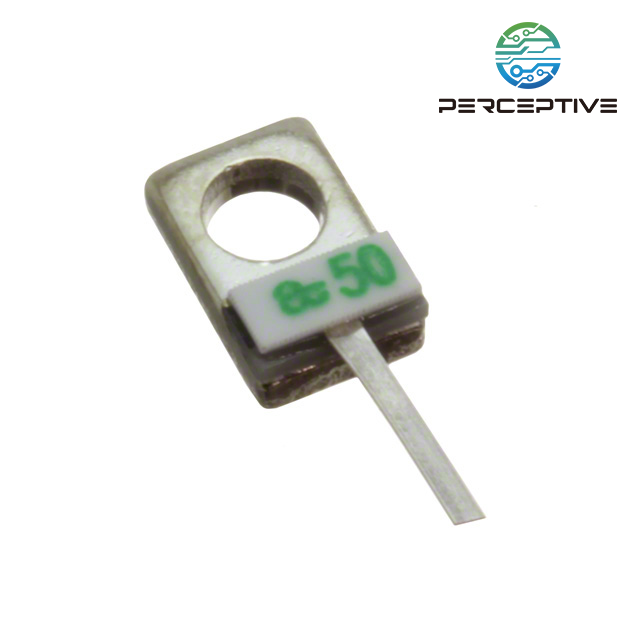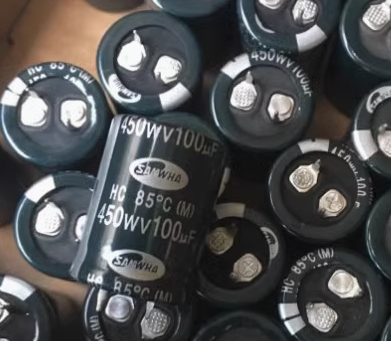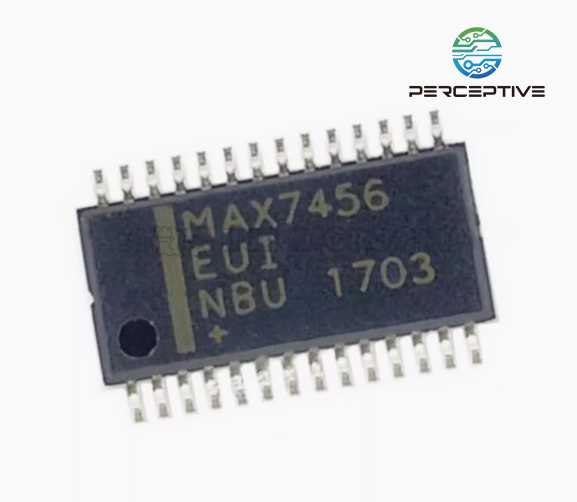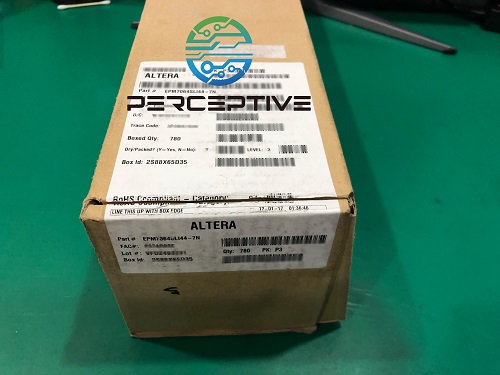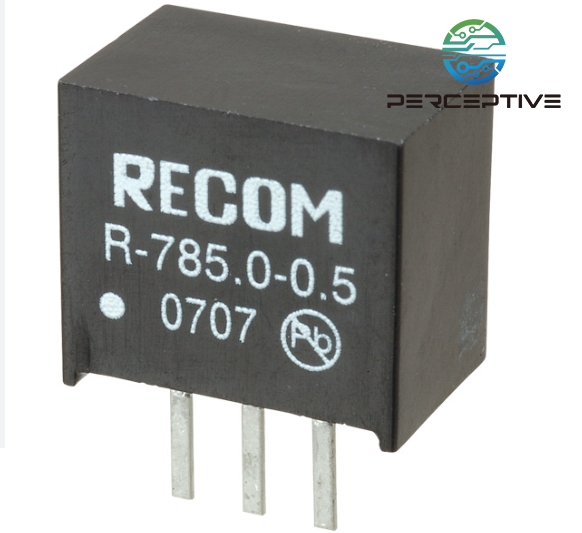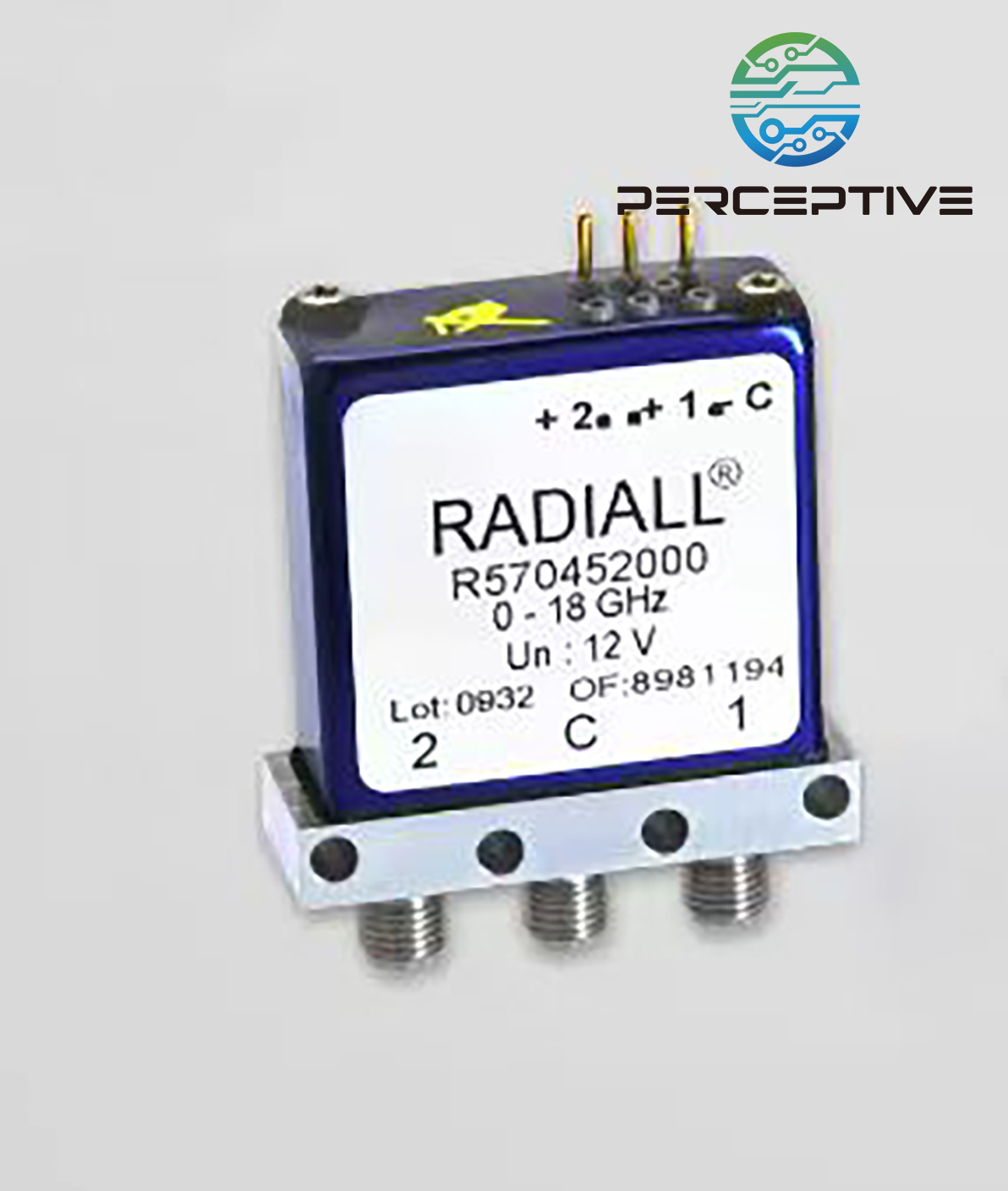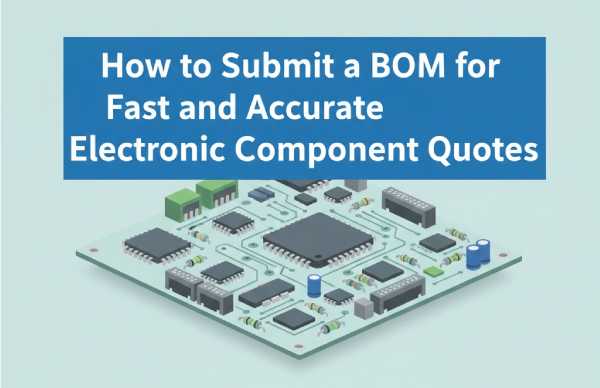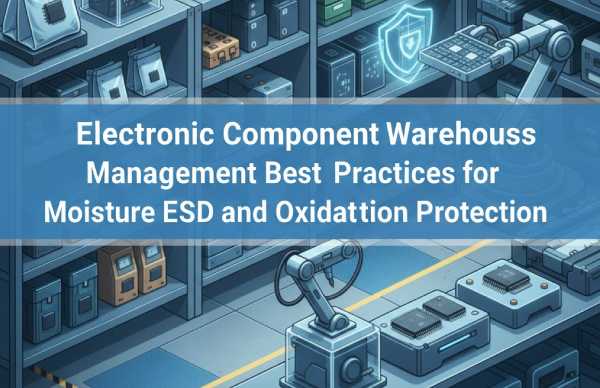In today's electronics supply chain, speed matters. Production timelines are tighter, component lifecycles are shorter, and market availability shifts week by week. For procurement engineers, buyers, and project managers, one of the most effective ways to accelerate sourcing is to submit a clean, complete, and quote-ready Bill of Materials (BOM). A well-prepared BOM can shorten quotation cycles from days to hours, reduce clarification emails, and help suppliers provide more accurate pricing and lead-time insights.
Below is a practical, original, and field-tested guide on how to prepare and submit a BOM for the fastest possible quotation turnaround.
What Information a "Quote-Ready" BOM Should Include
A supplier can only quote as fast as the information you provide. At minimum, each BOM line should contain:
Manufacturer Part Number (MPN)
Manufacturer name
Part description
Required quantity
Package or footprint
Reference designators
These fields eliminate ambiguity and ensure the supplier is matching the correct component—especially important when dealing with cross-compatible parts, long lifecycle devices, or series with similar naming.
Adding optional fields such as RoHS/REACH status, alternates allowed, or required delivery date helps suppliers build an accurate sourcing plan without additional back-and-forth.
Recommended File Formats and How to Prepare Them
The fastest-processed BOM formats are Excel (XLS/XLSX) or CSV. When possible, export directly from your design or PLM software (Altium, KiCad, OrCAD, SolidWorks, etc.) to preserve part identifiers, avoid formatting errors, and retain design metadata.
A clean BOM usually includes columns such as:
Item number
Designator(s)
MPN
Manufacturer
Description
Quantity
Required date
Notes (alternate options, special compliance, packaging requirements, etc.)
Avoid mixing merged cells, color-coded comments, or inconsistent header names—clear formatting speeds up automated matching tools and prevents human interpretation errors.
Tips That Cut Quotation Time in Half
1. Provide exact MPNs whenever possible
Even a minor variation—missing suffixes, omitted package codes, or shortened series names—can lead to incorrect part matches. A correct MPN reduces supplier research time dramatically.
2. Flag critical components
Marking long-lead-time items or single-source components as critical helps suppliers prioritize these lines and propose alternates early—essential for maintaining production continuity.
3. Indicate whether alternates are acceptable
If you allow form-fit-function (FFF) compatible options, note this clearly. Alternate options can significantly speed up sourcing when original parts are constrained or obsolete.
4. Add delivery schedule expectations
Sharing required dates or batch quantities (for example, “2K pcs for pilot run, 5K pcs monthly beginning Q2”) gives suppliers actionable information for planning stock allocation.
5. Avoid screenshots or photos of spreadsheets
Images cannot be processed by automated systems and require manual transcription—one of the biggest causes of delays.
Supporting Documents That Improve Accuracy
To further reduce clarification cycles, attach:
Datasheets for less-common components
AVL/AML (Approved Vendor/Manufacturer List)
Compliance requirements (RoHS, REACH, DFARS, PPAP)
Assembly drawings for custom modules
End-use application notes if special reliability or temperature grades are required
These documents give suppliers immediate context, ensuring they do not propose solutions that fail compliance or reliability needs.
Using BOM Management or Automated Tools
If your BOM contains hundreds or thousands of lines, automated BOM tools can normalize MPNs, detect duplicates, check lifecycle status, and map alternates. These tools help suppliers pull availability and pricing faster and reduce human error.
Even without enterprise software, basic spreadsheet checks such as data validation, duplicate removal, and consistent formatting will drastically improve processing efficiency.
A Simple Pre-Submission Checklist
Before sending your BOM, review the following:
✔ All MPNs are complete and accurate
✔ Quantities are correct and aligned with project needs
✔ Designators are properly formatted
✔ Critical items and alternates are clearly marked
✔ Compliance requirements are indicated
✔ Supporting documents are attached
✔ Your preferred quote format (price breaks, MOQ, lead-time expectations) is specified
✔ Contact information and required response date are included
A two-minute review can save hours—or days—of follow-up.
How Perceptive Components Helps
When you submit your BOM to Perceptive Components, our system automatically analyzes part numbers, checks global inventory, verifies lifecycle status, and flags high-risk or constrained components. Our sourcing specialists then finalize pricing, cross-reference alternatives, and prepare a clear, structured quotation.
For larger or time-sensitive projects, we can also provide a consolidated cost-and-risk summary to support your procurement decision-making.
Conclusion
A fast quote does not come from rushing—it comes from clarity. By preparing a complete and structured BOM, providing accurate identifiers, and sharing sourcing preferences upfront, you enable suppliers to respond faster and more precisely. With these best practices, most procurement teams can reduce quotation time from several days to as little as a few hours, strengthening production planning and reducing unexpected supply-chain risks.

